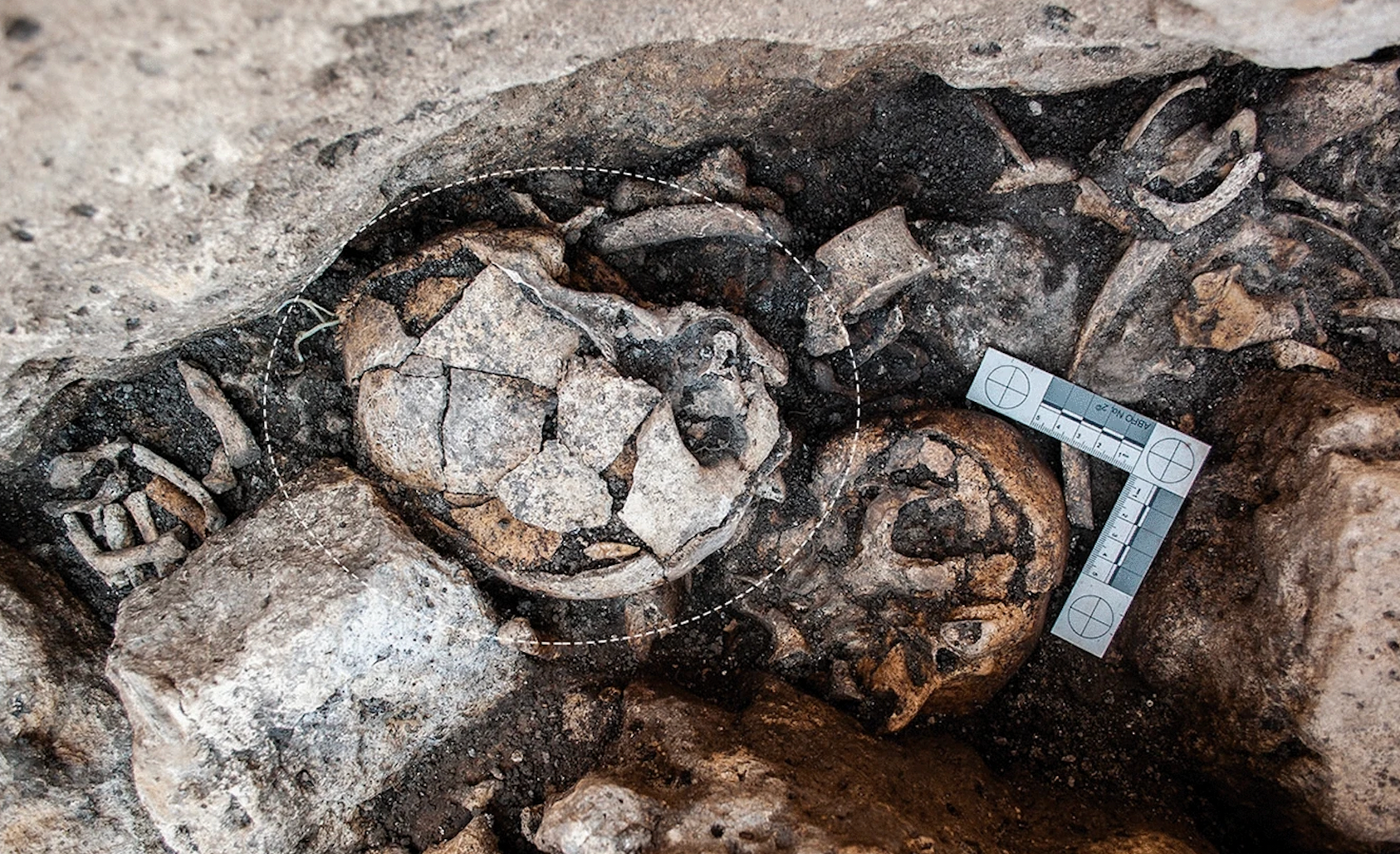The Independent's journalism is supported by our readers. When you purchase through links on our site, we may earn commission.
Earliest evidence of ear surgery found in 5,300-year-old skull by archaeologists
Study suggests patient may have survived surgical intervention, at least for a few months

Your support helps us to tell the story
From reproductive rights to climate change to Big Tech, The Independent is on the ground when the story is developing. Whether it's investigating the financials of Elon Musk's pro-Trump PAC or producing our latest documentary, 'The A Word', which shines a light on the American women fighting for reproductive rights, we know how important it is to parse out the facts from the messaging.
At such a critical moment in US history, we need reporters on the ground. Your donation allows us to keep sending journalists to speak to both sides of the story.
The Independent is trusted by Americans across the entire political spectrum. And unlike many other quality news outlets, we choose not to lock Americans out of our reporting and analysis with paywalls. We believe quality journalism should be available to everyone, paid for by those who can afford it.
Your support makes all the difference.Evidence of the earliest ear surgery performed on a human was found by archaeologists in Spain in a skull that dates back to about 5,300 years.
Researchers, including those from the University of Valladolid in Spain, analysed the skull that was unearthed in 2018 at the Dolmen of El Pendónis – a dig site near Burgos city, believed to have been used by early humans as a funeral chamber.
The study, published last week in the journal Scientific Reports, found two bilateral perforations in the skull on both mastoid bones, located just behind the ear.
These bones contain mastoid air cells and are thought to protect the delicate structures of the ear, regulate ear pressure and also protect the skull’s temporal bone during trauma.
Scientists found signs that the skull may have undergone mastoidectomy – a surgical procedure likely performed to relieve the pain the prehistoric individual in question may have suffered due to inflammation.
Cut marks on one side of the left ear indicate surgical intervention was performed on the individual – likely a woman between 35 and 50 years old who had also survived the surgery for at least a few months, according to scientists.
“Furthermore, the results of this paper demonstrate the survival of the individual to both interventions,” they said in the study.
The surgery likely performed may have been a mastoidectomy, done to clean out the infected area behind the ear.
If left untreated, infection in this part of the skull is known to spread to the mastoid bone, the honeycomb-like structure of which may fill up with infected material and break down.
This is known to cause serious, sometimes life-threatening, health complications such as hearing loss, blood clot, meningitis or a brain abscess.
“These infections are often caused by the proliferation of bacteria or other pathogens in the middle ear,” the scientists wrote in the study.
In this prehistoric context, scientists said the person’s ear disease may have been detectable as the infection presents itself as a “fluctuating and painful” growth on the ear.
“In this case, the prehistoric surgeon located the focus of the problem — probably because the infection was evident to the naked eye — and successfully intervened, as proven by the bone regeneration observed in both mastoid bones,” they added.
Researchers said mastoidectomy was a relatively common surgical procedure to treat middle-ear infection in the pre-antibiotic era.
First descriptions of mastoid surgery date back to the 17th century, said scientists.
Such surgeries were implemented by Johannes Riolanus the Younger, and the earliest documented evidence of mastoidectomy comes from the island of Thassos during the Proto-Byzantine period, the researchers pointed out.
With earlier studies indicating that the site was used for about 800 years, between 3,800 and 3,000 BC, archaeologists said the find “would be the earliest surgical ear intervention in the history of mankind.”
As part of the surgery, the study said the patient’s skull was likely subject to progressive circular and abrasive drilling, causing “unbearable pain.”
Researchers said the woman may have been strongly restrained by other community members or previously administered some psychotropic substance like opium or hyoscyamine to relieve the pain.
Archaeologists, however, said it was difficult to conclusively determine the type of tool used to remove the bone tissue, adding that it may have most likely been a sharp instrument with a circular movement.
Join our commenting forum
Join thought-provoking conversations, follow other Independent readers and see their replies
Comments